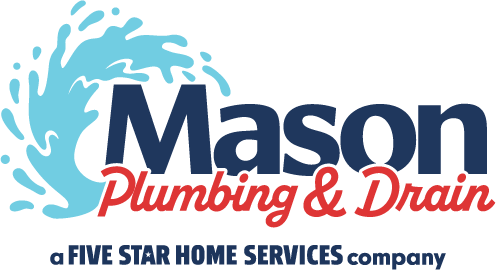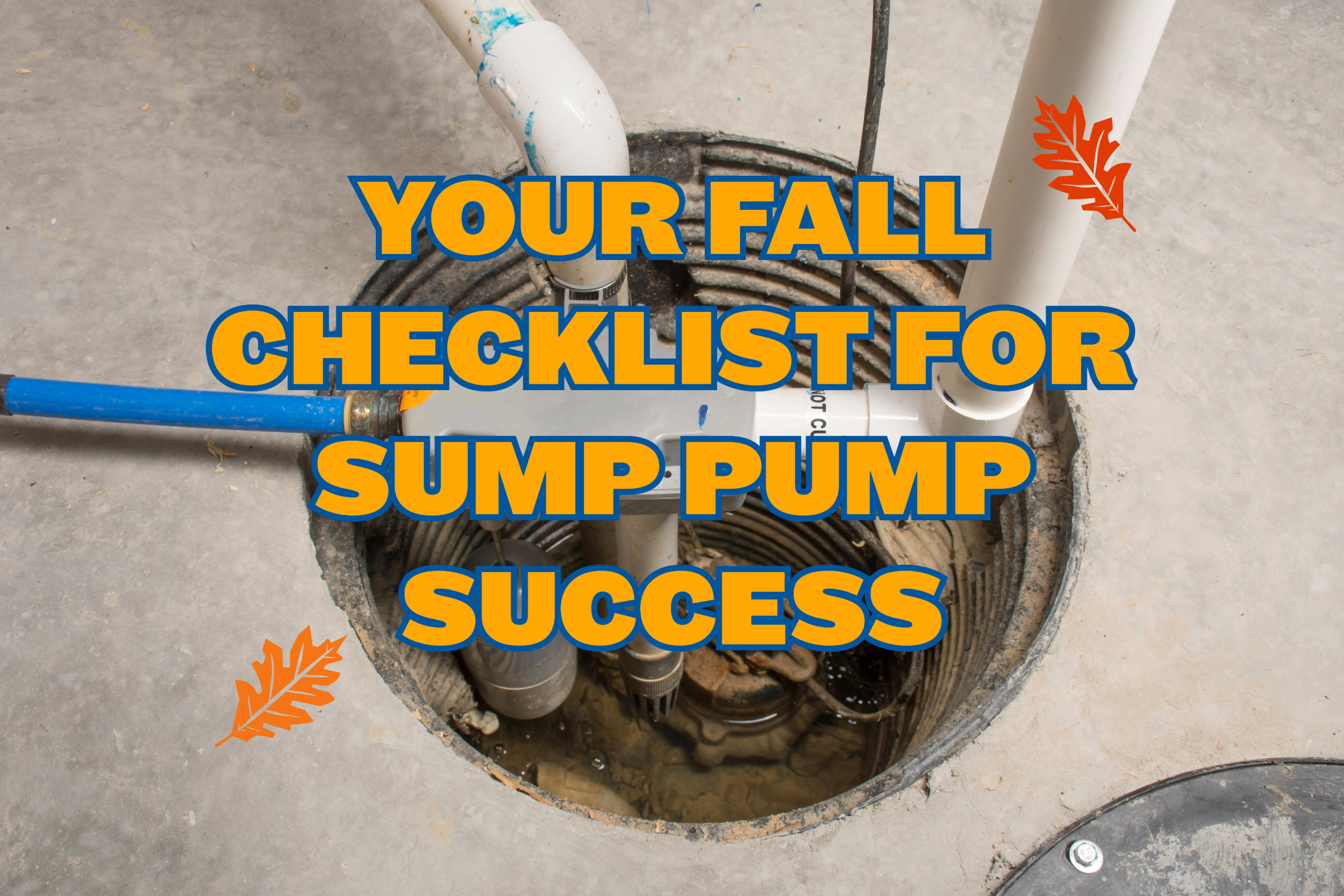Sump pumps are super important all year round, but they really shine in the fall and winter months, especially for those of us who live in cold weather regions. So, for us Ohioans, we kind of have to stay on top of taking care of our sump pumps. Here are some tips and tricks from your pals at Mason Plumbing & Drain to help you rock your sump pump maintenance as we prepare for the colder months ahead:
YOUR FALL CHECKLIST FOR SUMP PUMP SUCCESS:
- Take off the cover. Pop open the sump pump pit or basin by removing its lid. Once you’ve got it off, just take a quick look inside. If you spot any debris, mud, or rocks, just carefully remove them. You don’t want any of these particles and loose debris getting in the way and causing your sump pump to overflow.
- Let’s check the drain hose. Take a good look at the drain hose and make sure it’s securely connected and clear of any blockages or ice buildup (especially in winter). If the drain hose is clogged or frozen, your sump pump might keep running without effectively getting rid of the water in its pit. So, this is not something you want to skip out on checking.
- Look at the inlet screen. Make sure it’s clean and does not have any blockage. This will ensure that water can enter the sump pump’s pit as it’s supposed to without any issues. If the screen is blocked, water won’t be able to reach the pit, which could lead to a flooded basement.
- Next, examine the float mechanism. Make sure it’s working properly in your sump pump. This little guy decides when the sump pump should kick into action and remove the excess water. So, it’s a good idea to make sure the float can move freely without any obstructions. However, if the float isn’t doing its job, your pump might not work when you need it to or may run nonstop. When this happens, it could ultimately cause damage to the engine over time. So, be sure to keep an eye on the float mechanism every now and then.
- Do a test run. Add a bucket of water to the sump pit and watch how it performs. Make sure the water is being removed efficiently. If the pump doesn’t respond, double-check that it’s still connected to the power source and that the power cord is in good condition.
- Try inspecting the discharge pipe. Make sure the water from your sump pump is flowing away from your house. When you hear the pump running, take a peek outside and see if the discharge pipe is in the right spot. It should send water far enough from your home to prevent any backflow that could damage the pump and make it work harder. Just remember, the discharge pipe should not be too close to your house or other structures, but you want to also keep it within your property boundaries. Nobody wants excess water flooding their neighbor’s yard. Good drainage within your own property is key to keeping everyone happy.
- Always be ready for the unexpected. Having a backup battery or generator is super helpful, especially during heavy storms or power outages. When you have a backup plan formed, it gives you that extra peace of mind, knowing everything will be taken care of if the power goes out or something unexpected happens.
To make sure your sump pump works well during the coldest months, it’s important to properly winterize it. This helps protect your home from possible water damage in the cold.
Having trouble with your sump pump? Don’t delay; call Mason Plumbing & Drain today at (513) 298-6996, or schedule an appointment online now by clicking here!

